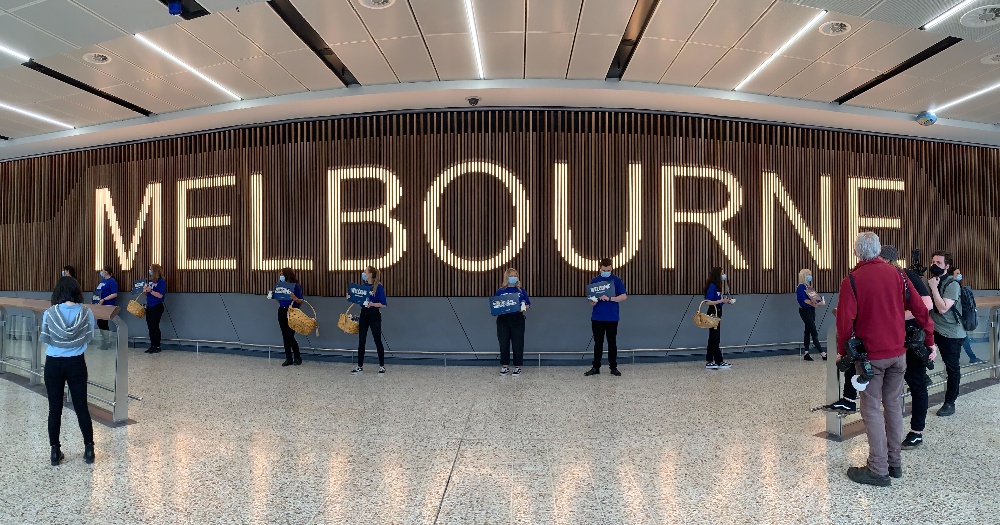Follow us on Telegram for the latest updates: https://t.me/mothershipsg
On Nov. 21, two-way quarantine-free travel between Singapore and selected Australian states started.
The long-awaited travel arrangement came after Singapore announced the extension of the Vaccinated Travel Lane (VTL) scheme to Australia, which allowed travellers from Australia to enter Singapore from Nov. 8 without quarantine.
Serving as a guinea pig, I took the first flight from Singapore to Australia operated by Singapore Airlines (SIA), to savour what “quarantine-free travel” is like.
Here’s how it went.
Pre-check in
Eligibility
Currently, Singaporeans can only travel to three participating states or territories in Australia – Victoria (where Melbourne is), New South Wales (where Sydney is), and Australian Capital Territory (where Canberra is).
I took the first flight to Melbourne, Victoria.
According to the Australian High Commission of Singapore, you're only eligible to fly via the VTL if:
- You are a Singapore citizen
- Hold a valid Australian visa
- Fully vaccinated with a Covid-19 vaccine approved or recognised by Australia's Therapeutic Goods Administration (TGA) (so if you were vaccinated in Singapore, all vaccines administered locally are on the list)
- Departing from Singapore and arriving in the participating Australian state/ territory
- Have a negative Covid-19 Polymerase Chain Reaction (PCR) pre-departure test taken within three days of departure (unless a medical exemption applies)
The only exception is for children under the age of 12, who do not need to be vaccinated.
Documents you’ll need to prep
Admittedly, consolidating the necessary documents was a tedious process, so to save you the headache, here’s all you'll need to prepare:
- An Australian Travel Declaration completed at least 72 hours before departure
- Proof of vaccination certificate (paper or digital)
- Proof of a negative PCR test
- An Electronic Travel Authority (ETA) visa (which costs just AUD$20 or S$19.70) or a valid Australian visa
- An International Passenger Travel Permit for the state of Victoria (only if you plan to travel there and are aged 12 and over)
Pro-tip: Have all these documents in hardcopy, so it’s easier to show border control officers if and when you get checked.
It’s also highly recommended you buy some Covid-19 travel insurance before the trip, although it’s not compulsory like for South Korea.
Check-in
At Changi Airport, things were pretty much the status quo.
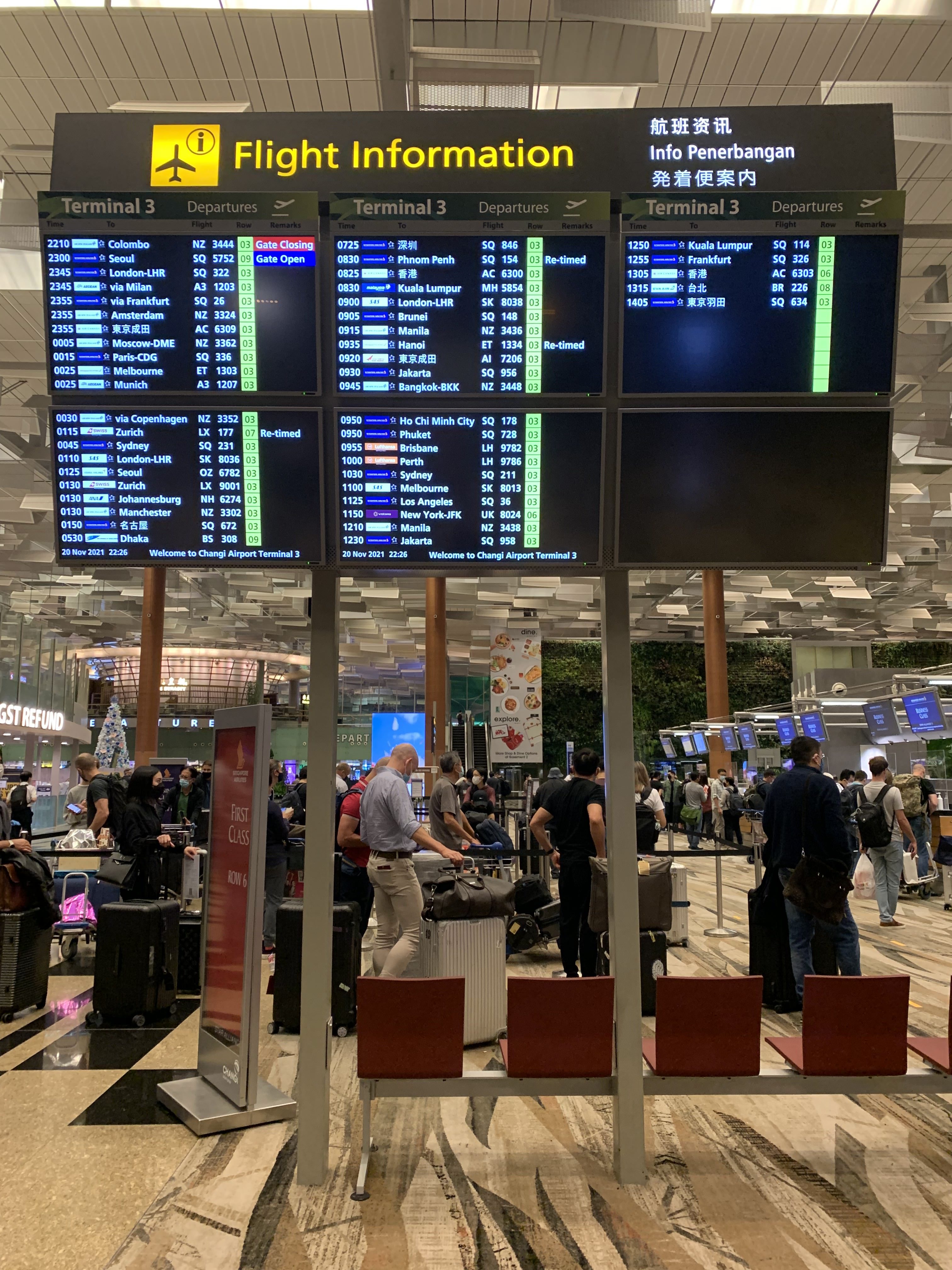

Aside from my passport, I was asked to show my vaccination certificate and proof of my negative PCR test to the staff at the check-in counter.
The whole process took about 15 minutes, as I was told bookings for the day were packed.
After checking in my luggage and collecting my boarding pass, the immigration process was as per normal.
The main difference from a pre-Covid trip for me perhaps, was that I got to hang out at the KrisFlyer lounge for a hot minute, which I enjoyed, although it was unexpectedly crowded.
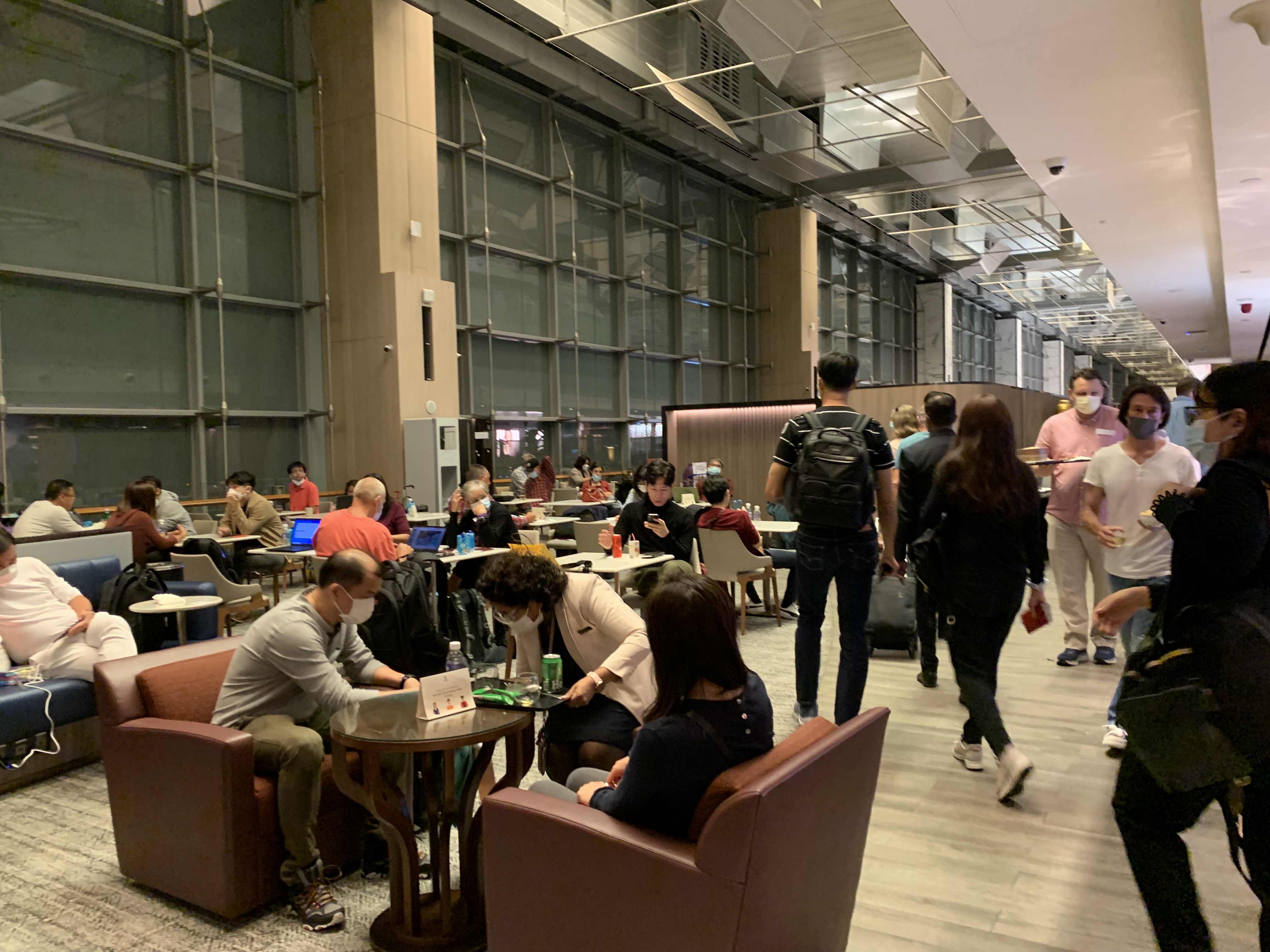 A sneak peek into the life of a business class flyer
A sneak peek into the life of a business class flyer
At the boarding gate, the security checks and boarding process were conducted as before the pandemic, and I only had to show my boarding pass and passport.
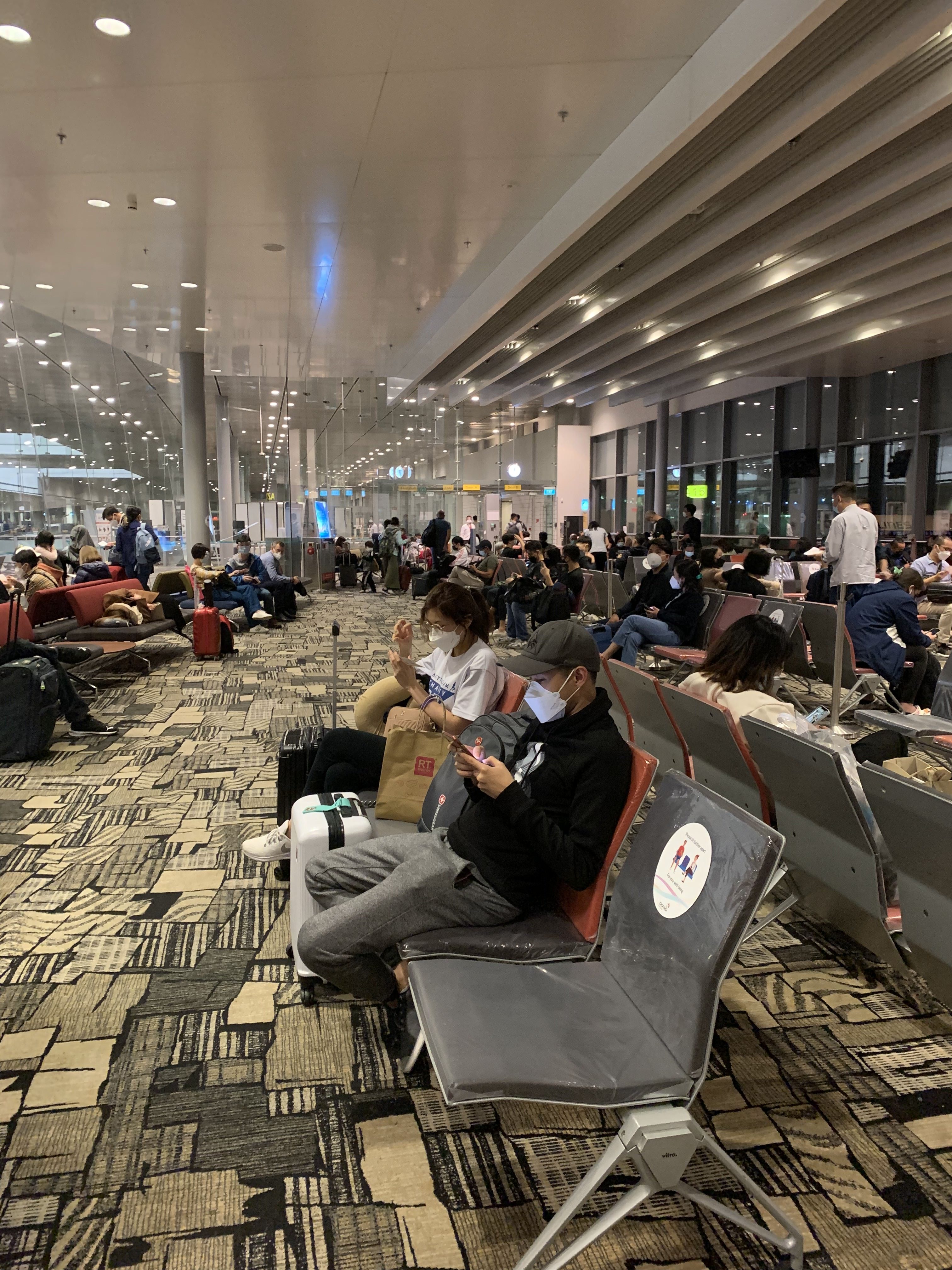
I was also given a form to fill at this point – the Incoming Passenger Card for Australia.
180-degree reclinable seats
On the aircraft, it was mostly business as usual.
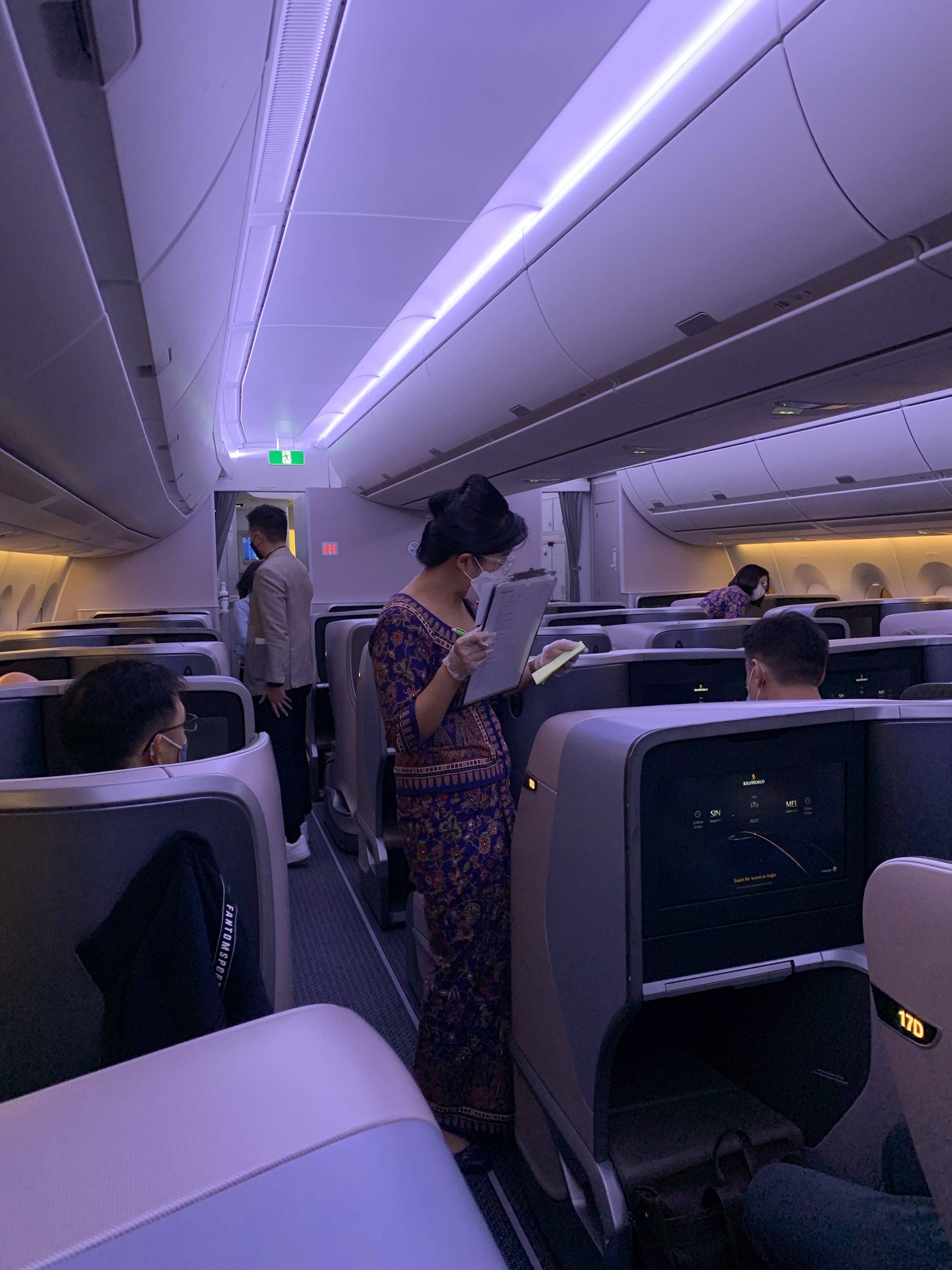
Masks, however, do have to be worn at all times (and even during sleep), with the exception being during meal times.
Inflight entertainment and music were also available, though tragically underutilised by me.
Instead, I made full use of the 180-degree reclinable seat in Business Class to try to catch as much shuteye as possible on a red-eye.

Arriving at Melbourne Airport
Surprisingly, there were no long queues upon our arrival at Melbourne, which meant that I got through the entire immigration process relatively quickly.
In fact, I cleared immigration in about 10 minutes.
The arrival process was almost entirely automated, and comprised a simple three-step process:
- SmartGate + Electronic Screening
- Vaccination Certification Check
- Exit point
First checkpoint: SmartGate + Electronic screening
The Smart Gate checkpoint was very much like Singapore's Automated Immigration Gates (AIGS).
According to the Australian Border Force, SmartGates use facial recognition and your ePassport to check a traveller's identity.
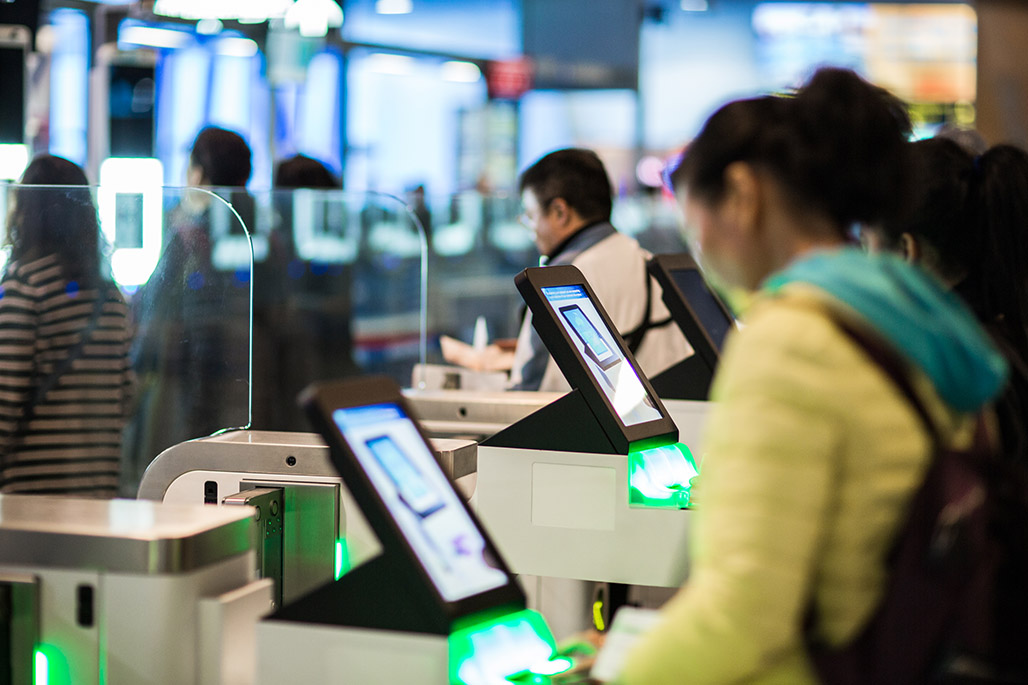 Via Australian Border Force website
Via Australian Border Force website
At this checkpoint, I just had to scan my passport (as Singapore is one of several eligible countries for the system), after which I was given an e-ticket to proceed to the next gate.
At the "electronic screening" gate, I was then asked to insert my e-ticket, before facial verification began.
Pro-tip: Remove your mask and glasses for facial verification, to increase the chances of you passing through.
If you fail the automated process at any point, you'll need to proceed to the physical counters instead, where you'll be asked to show your Australian Travel Declaration form (hardcopy), proof of vaccination, and passport.
Second checkpoint: Vaccination Certification check
If you do pass through the SmartGates, an Australian Border Force (ABF) officer will likely still stop you at another checkpoint right before baggage claim, to check for proof of vaccination.
Thereafter, it's the age-old experience of collecting your baggage from the assigned conveyer belt.
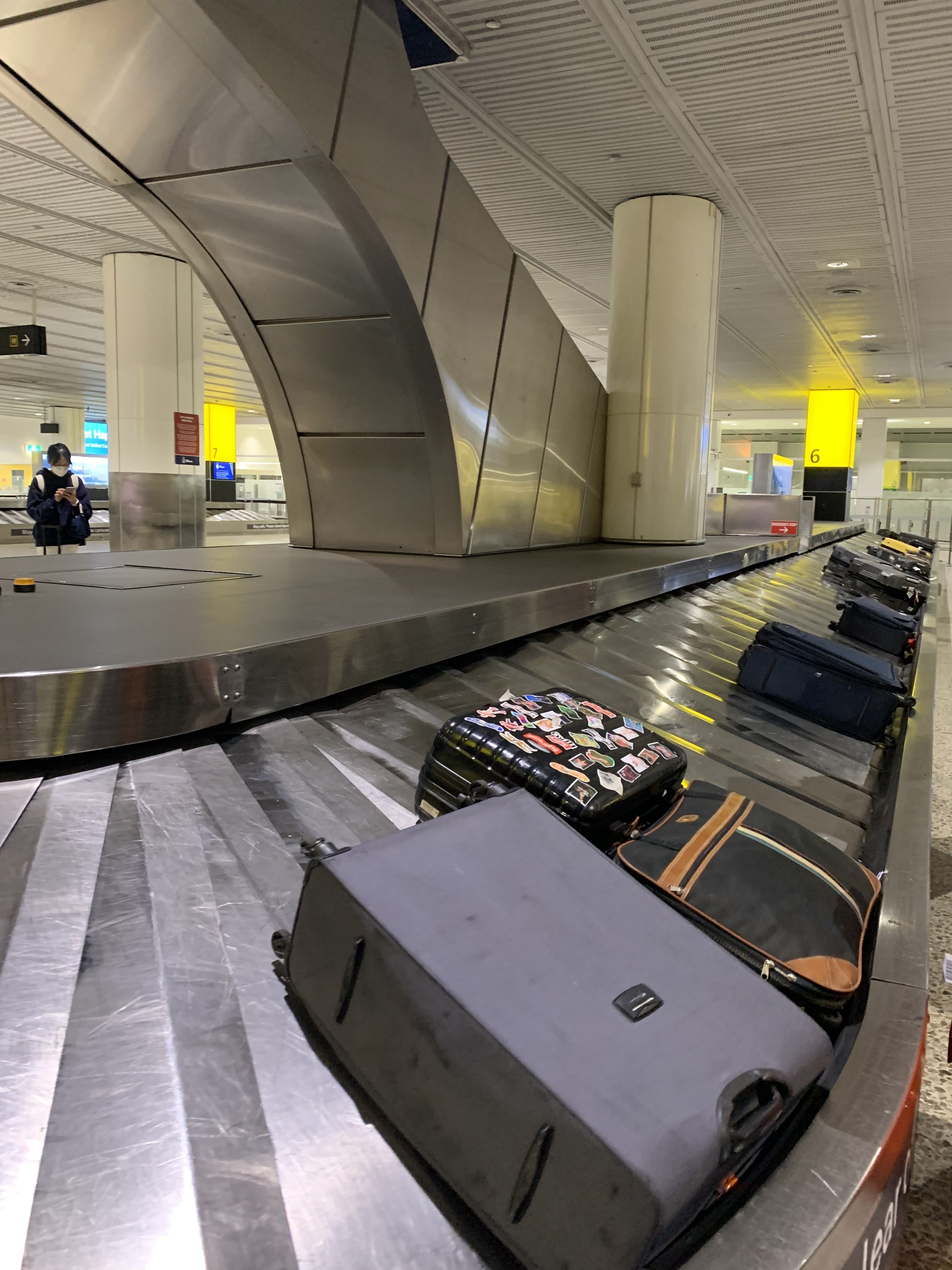
Third checkpoint: Exit point
The final checkpoint is the exit, where I was only asked for my Incoming Passenger Card for Australia and the e-ticket from the first checkpoint.

I did not have to present any further documents at this point.
On-arrival PCR test
Once you've cleared the immigration process, you will have to take a Covid-19 PCR test within 24 hours of entering the state of Victoria.
This also applies to the state of New South Wales and the Australian Capital Territory.
These is no need to self-isolate while waiting for the results.
Testing for international arrivals is free in all three states, and can be done at a government testing site.
You can check for the nearest test site for Victoria here.
Alternatively, if you're pressed for time, a testing centre is located within Melbourne airport itself, with test results available in less than an hour.
The Covid-19 PCR test costs AUD$79 (S$78).
 Histopath Diagnostics Specialist at Melbourne Airport
Histopath Diagnostics Specialist at Melbourne Airport
Additional PCR testing requirements
According to current requirements, travellers to Victoria must take a second PCR test (which is also free) between days five and seven.
Travellers to New South Wales will have to take a second free PCR test on or after day seven.
Related stories:
All images by Lean Jinghui unless otherwise stated.
If you like what you read, follow us on Facebook, Instagram, Twitter and Telegram to get the latest updates.
